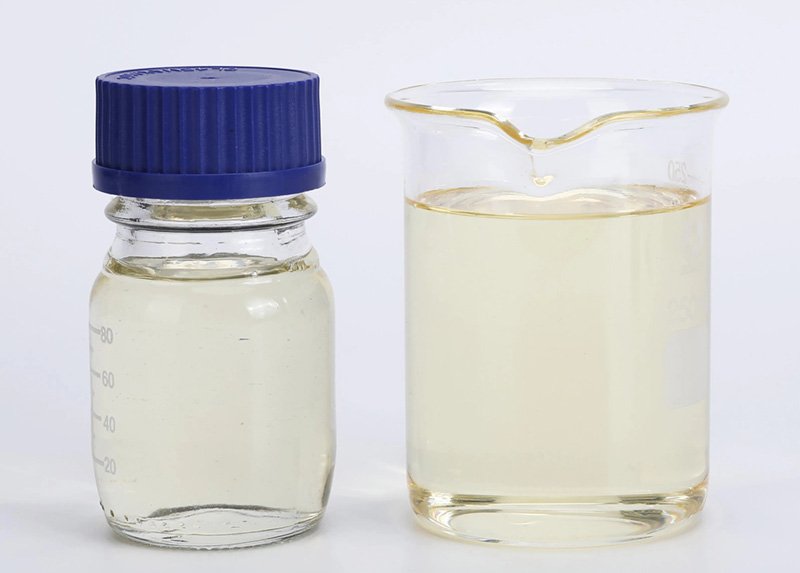Silicone rubber is known for its exceptional flexibility, durability, and resistance to extreme temperatures. One critical process that enhances these properties is vulcanization, and platinum catalysis plays a pivotal role in this. Understanding how platinum vulcanization catalysts work and their benefits can help manufacturers and users optimize the performance of silicone rubber products.
Platinum vulcanization, also known as addition curing, involves using platinum-based catalysts to facilitate the cross-linking of silicone polymers. This process results in a more stable, durable, and flexible material. The platinum catalyst accelerates the curing process, allowing for more precise control and improved physical properties. This makes platinum-cured silicone rubber ideal for high-performance applications, including medical devices, automotive parts, and consumer goods.
Recognizing the importance of platinum vulcanization in silicone rubber can help you leverage its benefits in various applications. Let’s explore the details of this process and its advantages.
What is Platinum Vulcanization?
Platinum vulcanization is a method of curing silicone rubber using platinum-based catalysts. This type of vulcanization is also known as addition curing because it involves the addition of a curing agent that reacts with the silicone polymer.
How Does It Work?
- Catalyst Addition: A platinum catalyst is added to the silicone polymer. This catalyst facilitates the cross-linking of silicone molecules.
- Curing Process: The curing process occurs at room temperature or with the application of heat. The platinum catalyst speeds up this reaction, leading to the formation of cross-links between polymer chains.
- Resulting Material: The cross-linked silicone rubber exhibits enhanced mechanical properties, such as increased tensile strength, flexibility, and resistance to environmental factors.

Why Use Platinum Catalysts for Silicone Vulcanization?
Using platinum catalysts for silicone vulcanization offers several advantages over other curing methods. These benefits make platinum-cured silicone rubber suitable for demanding applications.
- High Purity: Platinum-cured silicone is free from by-products and residues, making it suitable for medical and food-grade applications.
- Superior Stability: The material is highly stable and retains its properties over a wide range of temperatures and environmental conditions.
- Fast Curing: Platinum catalysts accelerate the curing process, reducing production times and improving efficiency.
- Low Shrinkage: Platinum-cured silicone exhibits minimal shrinkage, ensuring dimensional stability and precision.
What Are the Applications of Platinum-Cured Silicone Rubber?
Platinum-cured silicone rubber is used in various high-performance applications due to its superior properties. These include medical devices, automotive components, and consumer products.
Medical Devices
- Implants: The biocompatibility and purity of platinum-cured silicone make it ideal for medical implants.
- Tubing and Catheters: Used in medical tubing and catheters due to its flexibility and chemical resistance.
Automotive Components
- Gaskets and Seals: Platinum-cured silicone is used in automotive gaskets and seals for its heat resistance and durability.
- Hoses: Suitable for hoses in high-temperature environments.
Consumer Products
- Kitchenware: Used in bakeware and cooking utensils due to its non-toxic nature.
- Baby Products: Ideal for baby bottles and pacifiers because of its safety and purity.

How Does Platinum Vulcanization Compare to Other Methods?
Platinum vulcanization offers distinct advantages over other vulcanization methods, such as peroxide curing and condensation curing.
Comparison with Peroxide Curing
- Purity: Platinum-cured silicone is free from by-products, while peroxide curing can leave residues.
- Curing Speed: Platinum vulcanization typically cures faster than peroxide curing.
- Mechanical Properties: Platinum-cured silicone generally has better mechanical properties.
Comparison with Condensation Curing
- No By-Products: Platinum curing does not produce by-products, whereas condensation curing releases alcohol or water.
- Dimensional Stability: Platinum-cured silicone exhibits lower shrinkage and better dimensional stability.
- Environmental Resistance: Better resistance to environmental factors like heat, UV light, and chemicals.
What Are the Challenges of Using Platinum Catalysts?
Despite its advantages, using platinum catalysts in silicone vulcanization can present some challenges. Addressing these challenges is crucial for achieving optimal results.
Common Challenges
- Cost: Platinum catalysts are more expensive than other curing agents, increasing production costs.
- Sensitivity to Contaminants: Platinum catalysts can be deactivated by contaminants such as sulfur and amines.
- Processing Conditions: Precise control of processing conditions is required to avoid defects and ensure consistent quality.

How to Optimize the Platinum Vulcanization Process?
Optimizing the platinum vulcanization process involves careful control of various factors to achieve the best results. This includes temperature, catalyst concentration, and processing conditions.
Key Optimization Strategies
- Temperature Control: Maintain optimal curing temperatures to ensure consistent cross-linking and material properties.
- Catalyst Concentration: Use the appropriate concentration of platinum catalyst to balance curing speed and material performance.
- Clean Environment: Ensure a clean processing environment to prevent contamination and deactivation of the catalyst.
- Mixing Ratios: Adhere to precise mixing ratios of silicone and curing agents to achieve uniform curing.
More Questions About Platinum Vulcanization
How Does Platinum Vulcanization Affect Silicone Properties?
Platinum vulcanization enhances the mechanical and thermal properties of silicone, making it more durable and stable across various conditions.
Can Platinum-Cured Silicone Be Used in Food Applications?
Yes, platinum-cured silicone is ideal for food applications due to its high purity and non-toxic nature.
What Are the Environmental Impacts of Platinum Vulcanization?
Platinum vulcanization is environmentally friendly, producing no harmful by-products and minimizing waste.
Conclusion
Platinum vulcanization is a superior method for curing silicone rubber, offering high purity, fast curing, and enhanced material properties. This process makes platinum-cured silicone rubber suitable for demanding applications in medical, automotive, and consumer products.
Related Post:
Difference between Curing and Vulcanization
low temperature vulcanized silicone rubber
Silicone Vulcanization: A Comprehensive Analysis from Fluid to Elasticity
High Temperature Vulcanizing Silicone Rubber